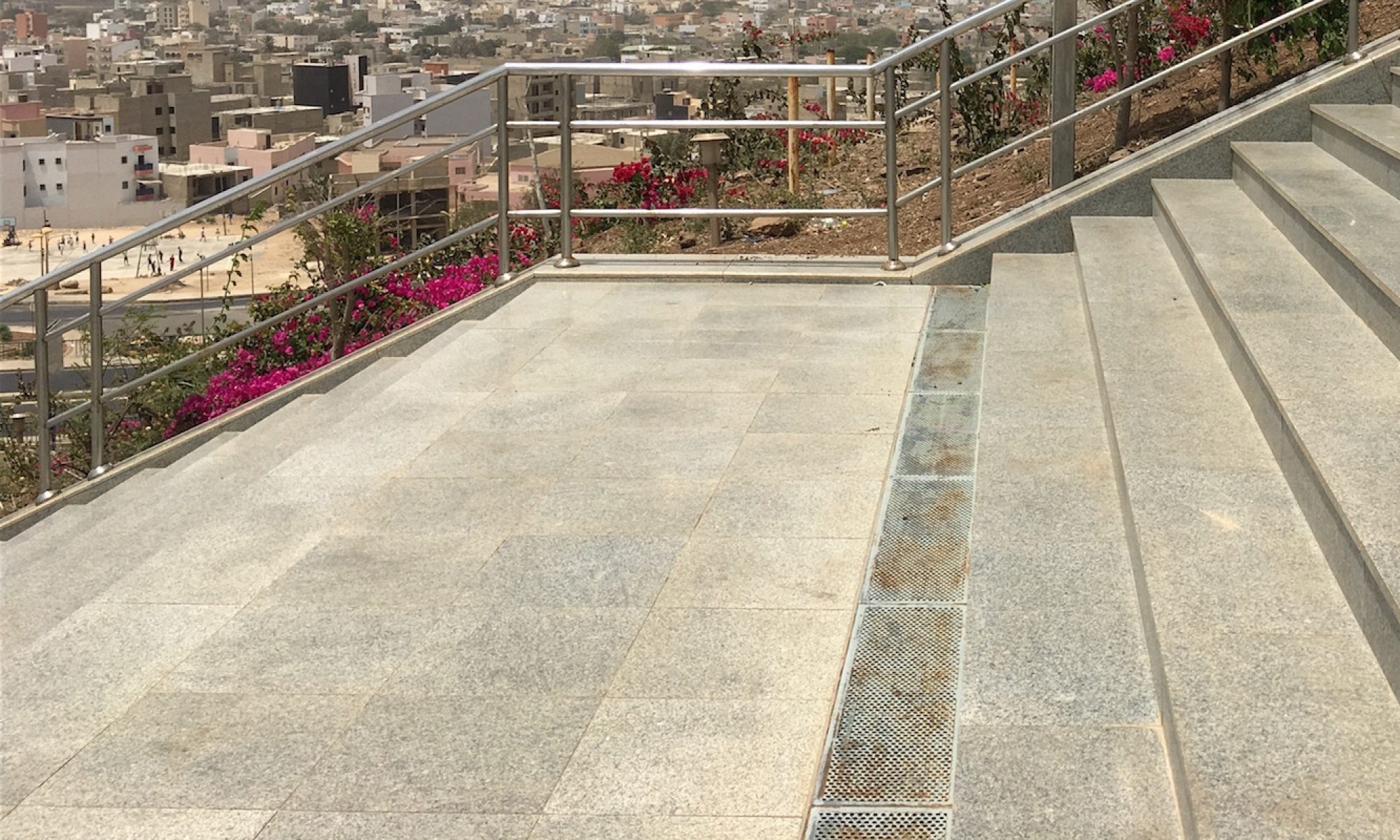As an economics major, I’ve learned that business is all one big game. It’s about who makes the first move, who cheats the market, and the risks each firm takes. We’re taught this game as a “Prisoner’s Dilemma,” in which looking out for one’s self-interest results in lower profits for all firms in the market. By trying to get ahead while the other firms suffer, the results are worse off for everyone involved. Ideally, cooperation is key. However, because we are human, complete cooperation is not realistic. Sometimes, it may even be involuntary.
Our INTD course has shown me the “dilemma” that exists between students and their college institution. It’s opportunistic to believe that each party will uphold their responsibility in partnership. For the student, they put trust into the college to provide a valuable education and support throughout their time in school. The college, in return, expects students to follow the rules on campus and uphold their standard for academic excellence. But what happens if one part falls short of their respective duties? What’s the risk in that?
When our class analyzed Geneseo’s academic probation letter, we came to the realization that no student is perfect. A student may struggle to “achieve excellence” for any number of reasons. However, we also saw how the college can get the student back on track with the right resources and outreach. In contrast, the same letter is flawed in its demeaning language and unclear suggestions for these struggling students. As a class we made a revised letter to better inform and support the students receiving the letter. The revision will help the school to uphold the support system its expected to provide.
To borrow another economic term, we are involved in a “repetitive game” as well; our interactions and relationships with the college are constantly changing. Throughout such changes, it’s important that both parts are willing to improve the academic community as a whole. Even though cooperative partnership was hindered by several drawbacks surrounding the letter, both parties found a way back to a strengthened, balanced bond.
I’ve learned that partnerships are not perfect, not even close. It is surely a risk to put trust in another person or being and hope they’ll put the same trust into you. Over the course of this semester, I’ve been able to see these risky partnerships in a new light. Despite the flaws and non-cooperation that can arise in our academic relationships, there is always incentive to work through them. Through the thinking and questioning practiced in class, our partnership with SUNY Geneseo can always return to a state of mutual benefit. The “dilemma” demands evaluation and patience, but it’s one worth solving.
